Kohana, a type of “Madame Butterfly”, is just as seductive as she is strange to the young man who lived with her for a period of time in Yokohama during 1906–07. And similar to Yoko and the Swiss Buser in Adolf Muschg’s “Sommer des Hasen” 60 years later, the tea girl with her shy devotion introduces a European to Japanese mentality, customs and traditions in a way that no tourist experience could ever do. Kohana is a character from the book “Vom Nil zum Fujiyama”, published in 1910 by Huber in Frauenfeld. The author is Karl Friedrich Kurz, born in 1878 and raised in Basel. The son of a German shoe-polish manufacturer, he established himself as an author just like his brother Hermann (1880–1933) after attending the Karlsruhe Kunstakademie and gathered material from his travels and sojourns around the world.
Japan was also the setting for “Doktor Siegels Ostasienfahrt“ (1911) and “Sayonara” (1937). From 1916 to 1922, Kurz was the editor of the “Der Bund” newspaper in Bern, which is why three of his 29 books ended up being set in Switzerland: “Die Krummbacher und der Katzengusti” (1913), “Zwischen Aare und Rhone” (1920) and “Der Mooshof” (1922). By 1914, two of his books – “Der Held von Björnnäs” and “Mitternachtssonne und Nordlicht” had been set in Norway. Just like his contemporaries Hermann Hiltbrunner and Hugo Marti, Kurz was one of those Swiss authors who was always inspired anew by Norway, its fjords and forests. He was a permanent resident there from 1924 until his death in 1962.
Love, money and betrayal
The novel “Die goldene Woge”, published in 1927, portrays how the spoils of war brought unpleasantness to this neutral country after 1914, and Kurz allows city-dweller Oline to drive the fishing village of Mjelvik and its young men to distraction in the very entertaining “Das Königreich Mjelvik”, published in 1930. “Tyra, die Märcheninsel” is a lively novel of farmers and fishers featuring many original characters and won the Wilhelm Raabe prize in 1934, while “Herrn Erlings Magd” (1936) describes the secret affair between a farmer and his maid, who gives him a son and heir in the end.
The indisputable hero of this Nordland-Swiss author, who also consistently illustrated his books himself, was Knut Hamsun – except for the fact that all the expansiveness of the landscapes, psychological subtlety of his characters and humour are lacking that certain abysmal, pessimistic flair that the Norwegian evoked in “Hunger”, for example. Even though the collapse of civilisation or the arrival of speculation and profit-seeking threatens the peace of the isolated villages and farms, order is restored in the end and the optimism of the author prevails, for whom, as it says in the “Die goldene Woge”, there is “something that is in humans, which floods cannot destroy, and that the swamp with its fever cannot destroy: the great and eternal, which sets them as masters over all things”. No character conveys this better than the silent little farmhand Monrad in “Tyra, die Märcheninsel”, when he suddenly starts to sing and hum, and one day builds himself a violin and begins to fill the loneliness in his heart with music. Karl Friedrich Kurz’s books can only be found at antique bookdealers today, even though he introduced his fellow Swiss not just to Japan but also to his adopted home of Norway in an exciting and still very readable manner.
Charles Linsmayer is a literary scholar and journalist in Zurich
“Through books I learned perhaps somewhat more quickly to understand that there is more to life than just work and money,” commented Johannes. “We lead lives like carriage horses, whipped forward day in and day out. Pulling, always pulling; pulling with all our strength, dulled, plodding, restless… I am not afraid of work, but too much work turns people into beasts of burden!”
Bibliography: K. F. Kurz: “Die Fischer am Fjord”. Schweizer Druck- und Verlagshaus, Zurich 1941. Available as e-book.
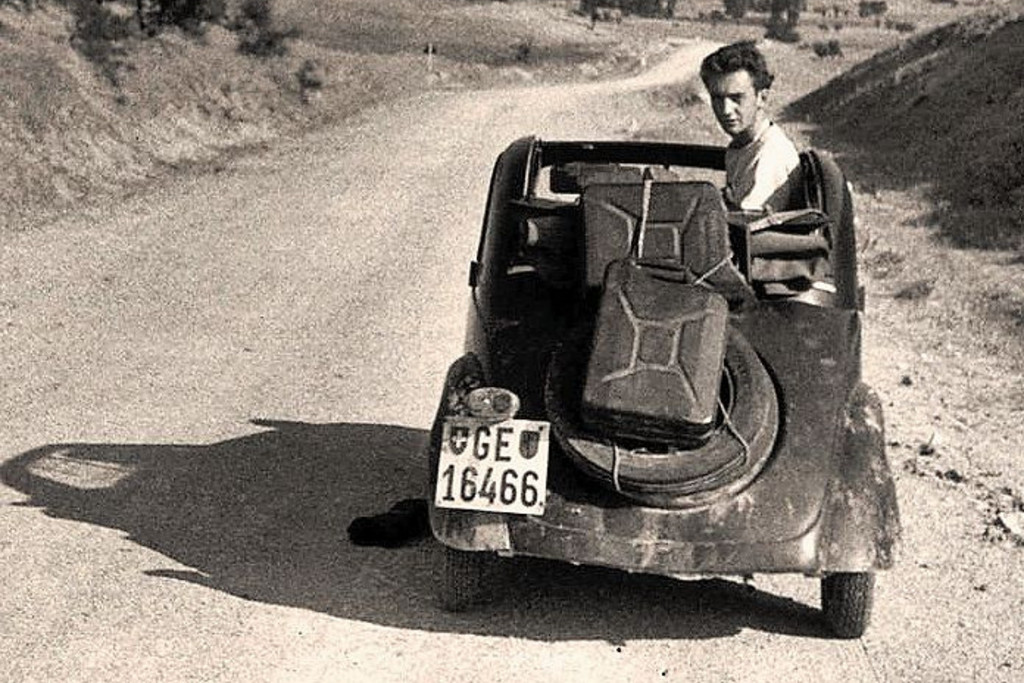
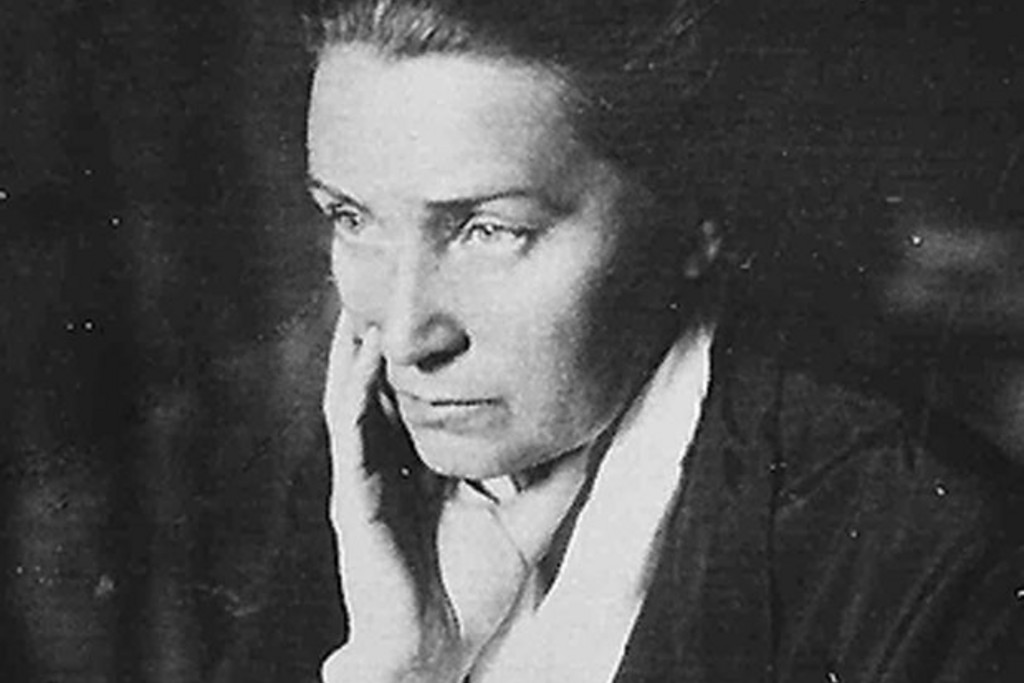


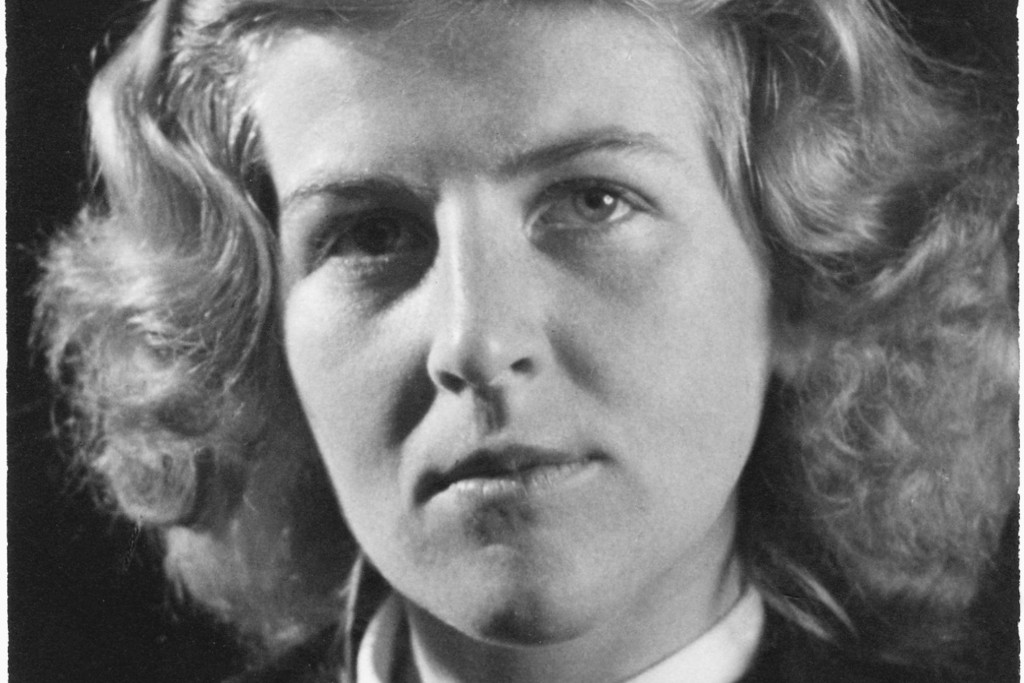
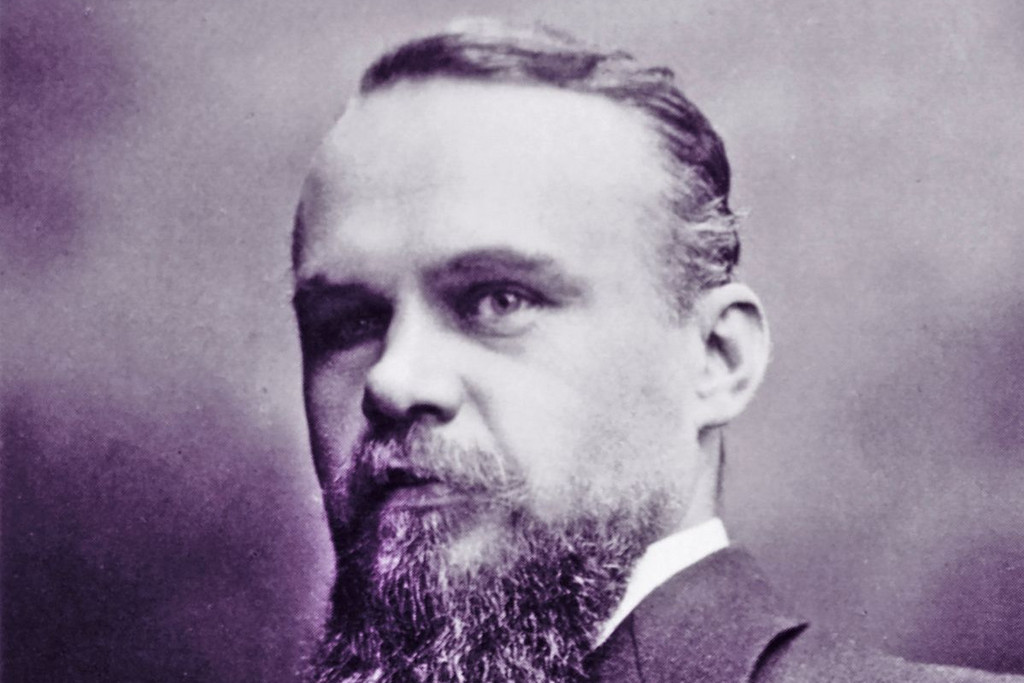
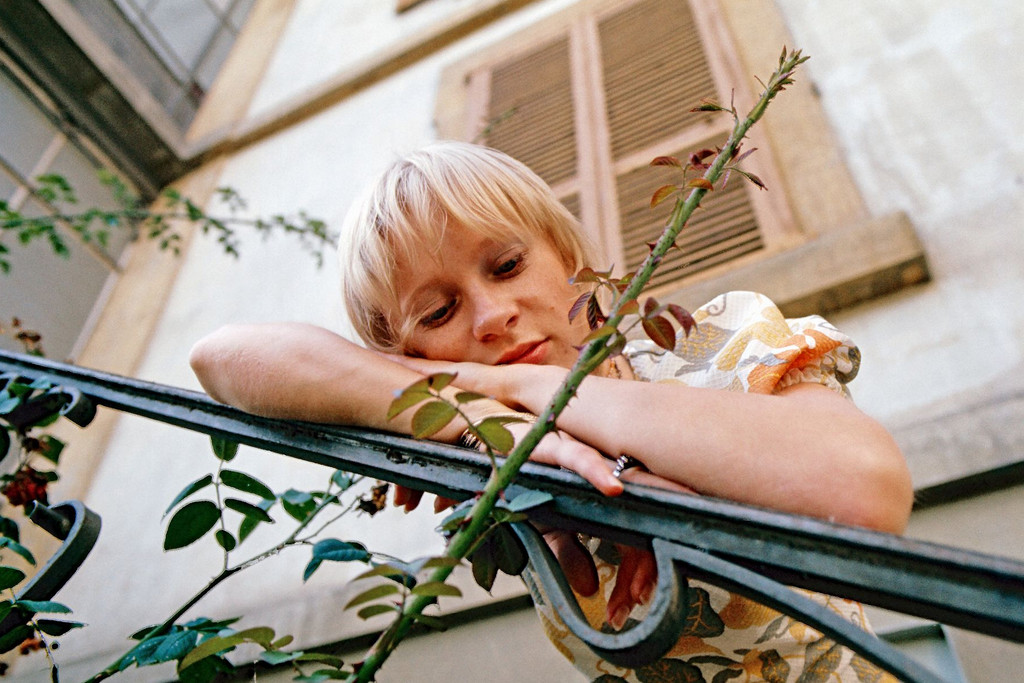
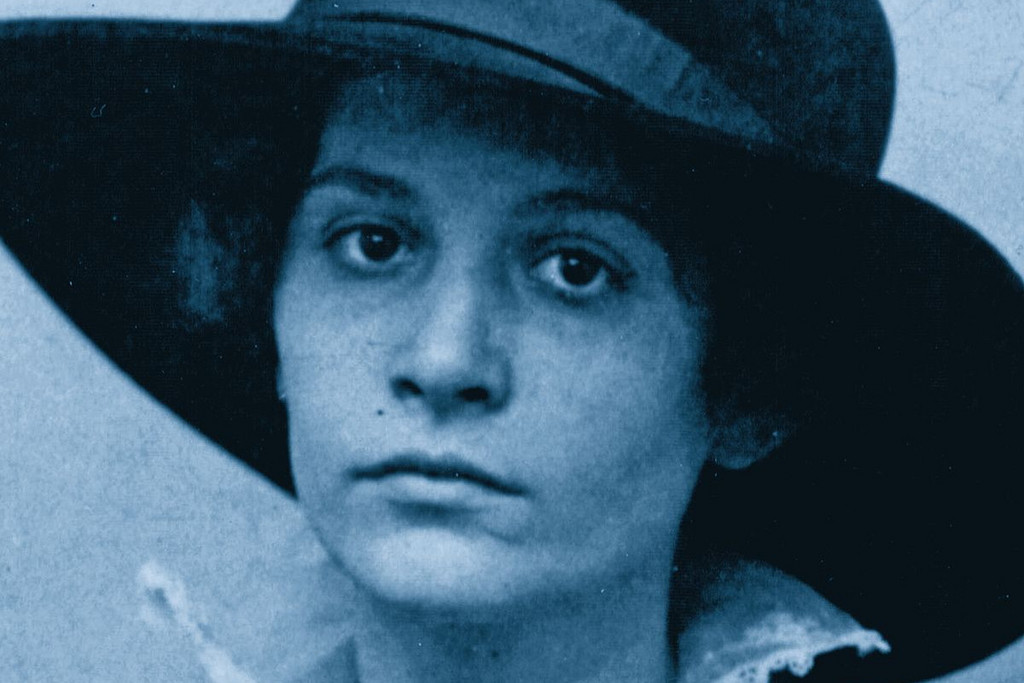



Comments